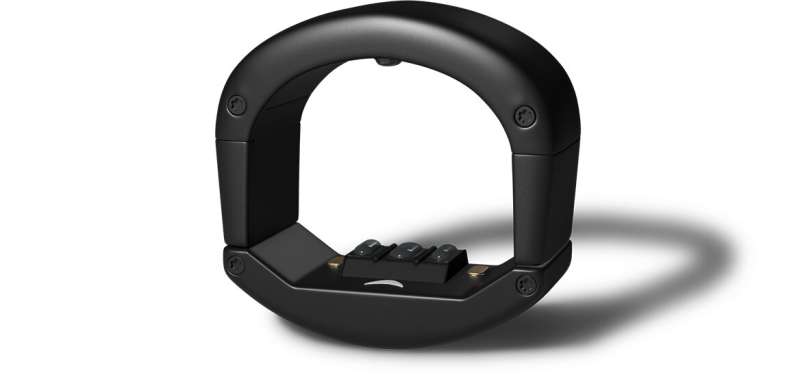This article has been reviewed according to Science X's editorial process and policies. Editors have highlighted the following attributes while ensuring the content's credibility:
fact-checked
proofread
New research suggests sleep wearables show promise in improving sleep health among marginalized populations

In a new study, titled "Acceptability and Usability of a Wearable Device for Sleep Health Among English- and Spanish-Speaking Patients in the Safety Net: Qualitative Analysis," researchers found that wearable sleep devices hold promise in positively impacting sleep health among marginalized populations.
Sleep disorders can lead to many health issues and disproportionately affect marginalized communities, highlighting the importance of monitoring sleep health. This study, published in the journal JMIR Formative Research, investigated how participants in a safety net clinic, including those who are racially, ethnically, linguistically, and socioeconomically diverse, felt about the wearable sleep monitoring device SomnoRing.
Larissa Purnell and colleagues recruited 21 English- and Spanish-speaking patients from a multidisciplinary clinic in Redwood City, California, that serves publicly insured patients. After testing the SomnoRing device over the 7-night study period, participants shared their perceptions of the device, motivators and barriers to use the device, as well as general experiences with digital health tools in an hour-long qualitative interview. Participants perceived SomnoRing as easy to use, and most found it comfortable to wear during the 7-night experiment.
"This study highlights the importance of conducting usability and acceptability studies with patients from marginalized communities upfront, rather than considering adaptation of wearable devices or apps at a later date," states Dr. Courtney Lyles, associate professor of medicine, cofounder of UCSF S.O.L.V.E Health Tech, and corresponding author on this paper.
This research highlights the potential for wearables like SomnoRing to improve sleep health among safety net populations. It also underscores the need for more research on the usability and context of wearable device use, especially within a clinical practice workflow and for patients without extensive experience using wearables in their everyday lives.
Understanding the barriers identified by participants, such as housing status, insurance coverage, and clinician support, will be key to successfully integrating these technologies into ongoing sleep intervention models and care operations.
More information: Larissa Purnell et al, Acceptability and Usability of a Wearable Device for Sleep Health Among English- and Spanish-Speaking Patients in a Safety Net Clinic: Qualitative Analysis, JMIR Formative Research (2023). DOI: 10.2196/43067





















